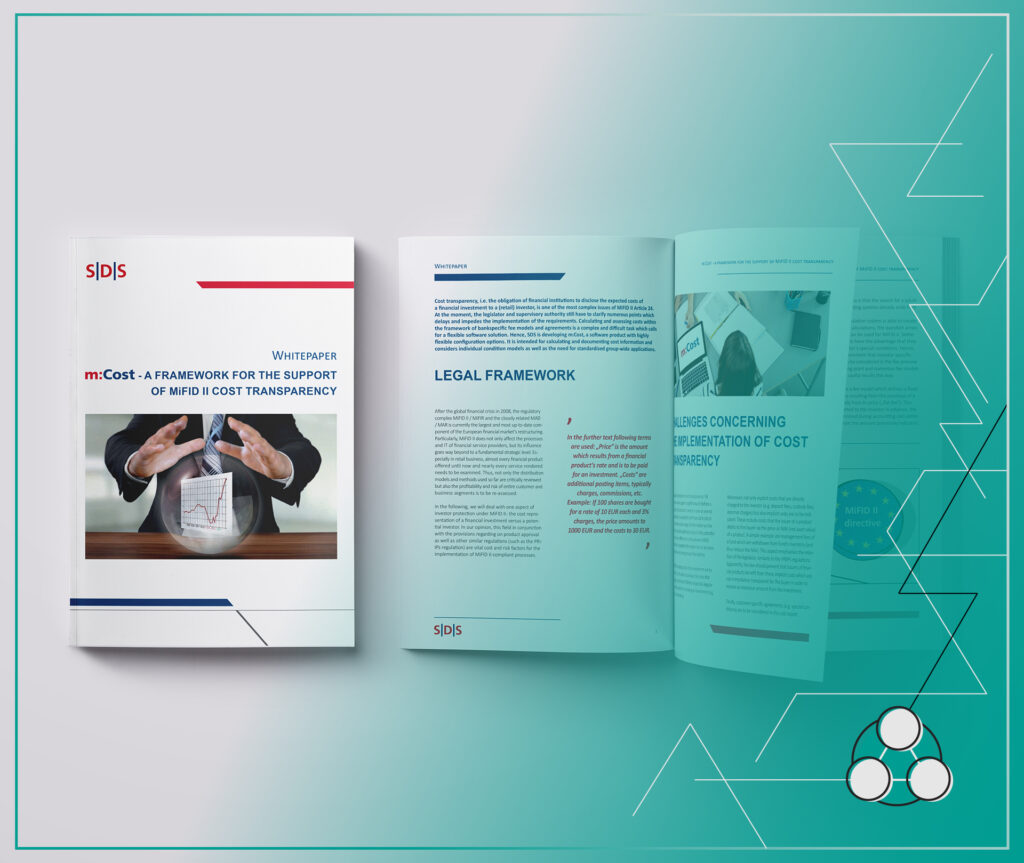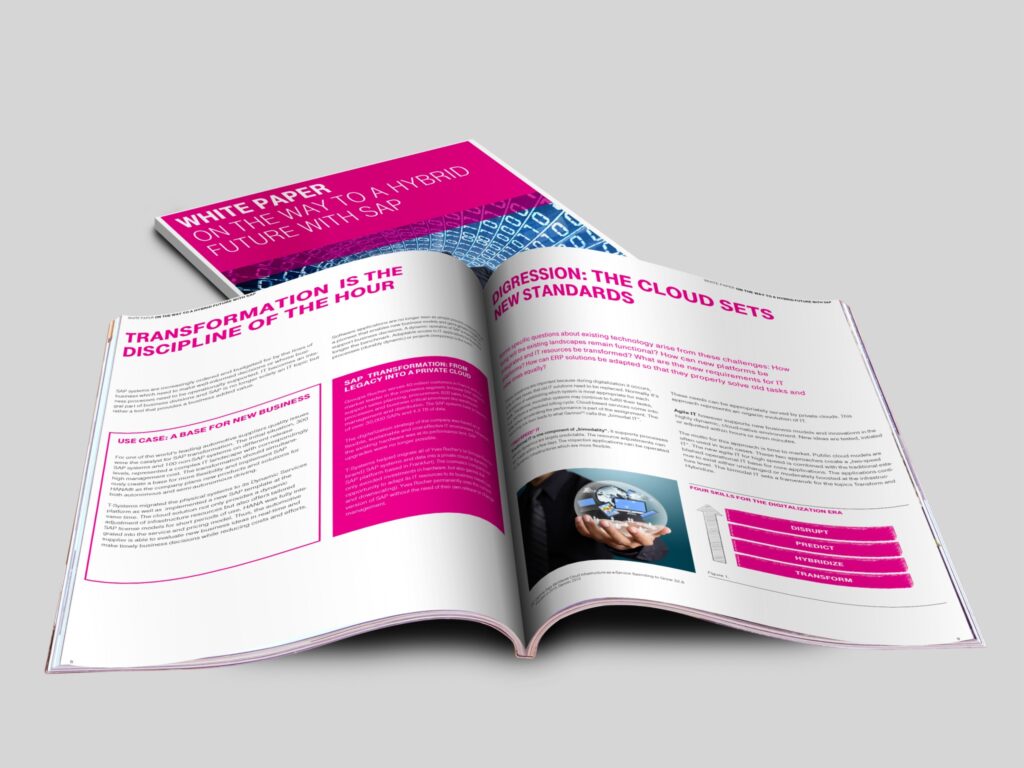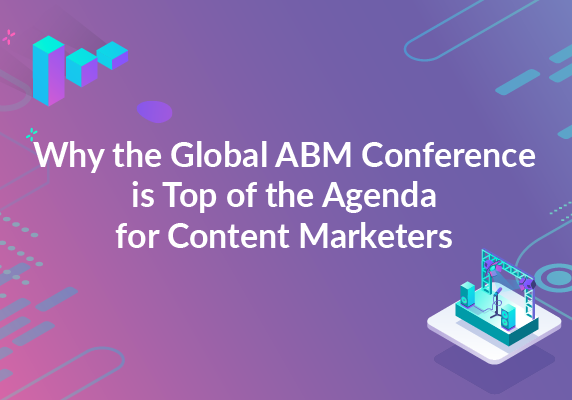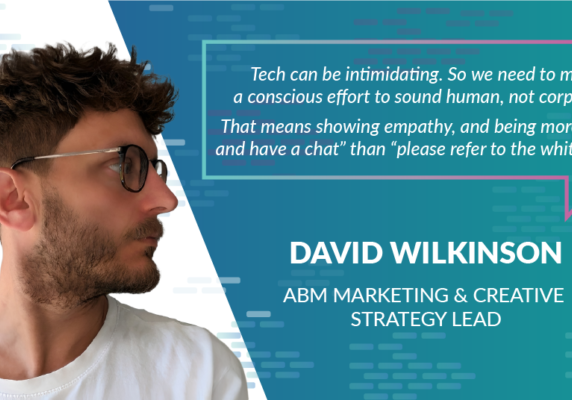White paper- a powerful lead generator
A whitepaper is a report produced by an institution or a company. Its main aim is to present a product, a service or a piece of technology. This is one of the main content marketing tools, going further – lead generation. Research shows that around 60% of B2B marketers recognise whitepaper as a successful type of content. However, in order to achieve the desired effect, the document must be prepared in the right way.

Where to begin?
While creating a white paper, consider what results you want to achieve and what is its main theme. Choose your target audience. Each segment of your customers most probably needs different set of information. Universal solution does not exist in this case. What aspects are the most interesting for them? What kind of information do they want? Take on the role of an expert with well-grounded knowledge and rich experience.
“71% of B2B buyers have used white papers in the last 12 months to research purchasing decisions.” Demand Gen
Different types of white papers
Whitepaper can take various forms. There are 3 basic types of this document. The purpose of the first type is to discuss the product, the next one focuses on enlisting the major points and the third emphasises the solution to a given problem.
Discussing the product or service
Going for such form, you need to focus on the advantages of your offer, both technical and business. Start with the title and the name of the product. Determine the category and the group of potential clients. Next describe the technology you have used and its functionality. In the conclusions once again underline the benefits coming from using your services.
Product/ service overview is a fine solution if your company is a leader in the industry and is launching a new offer. The publication works then as a support for marketing activities. Prospective customers belong to the main recipients and they are one step away from making a decision about the purchase. What they are missing is the final information.
List
A list allows you to pinpoint the most important aspects of the offer. Consider what you want to pay the closest attention to. You are not able to provide all information. Do not forget about the brief introduction to the issue. Then go to the next part. Apply headers. Organize the structure marking the transition to the next topic. Finally, prepare a short summary of the topic.
Solution to a problem
Think what problems your target audience may encounter. How to solve them? How to avoid them? Answers to these questions should be the primary goal of your white paper. Help your audience better understand the usage of the product and solve current issues that do not require the help of a specialist. Your most probable scenarios and use cases or even case studies if your offer is long enough on the market.
This is the most complex kind of white paper. Start with a short introduction to the topic and a reference to your potential customers. Then suggest possible solutions for each of them. Find out which is the best solution and why. Finally, come to the conclusions. Now is the time for the accurate information about your company.
The main recipient of such type of white paper is the customer who has not yet made a decision about the purchase, who is still seeking information, who is wondering. Take on the role of an expert or an adviser, a person who dispels doubts and comes to anyone’s aid. When the time comes, it is likely that the customer will return to your company.
Most importantly- add a call to action.
Form and layout
When preparing your text, pay attention to the graphic display. It is the second most important aspect of your whitepaper.
Language
Easy reception and great clarity of the text are crucial. In spite of its scientific character, the language must be simple and comprehensive. Whenever a professional terminology is required, the phrase used should be explained. The most essential elements should be visible and graphically exposed, e.g. in bold, by the change of structure, colour or size. While going through the document, the recipient knows what to particularly concentrate on.
Table of contents
Do not forget about the table of contents and page numbers. It is particularly important when whitepaper consists of dozen or so pages. The recipient mostly check the table of contents and read only the fragments that interest him at the moment. The lack of it causes confusion and the necessity of paging through the entire document. It may turn out that the desired information will not be found, even though it creates a separate chapter.
Brand identity
In order to enjoy greater marketing benefits include visual elements of your brand identity – logo, icons or colours – into the document. It will make it easier to read and will draw the reader’s attention to your company. Additionally many companies decide to add some professionally designed infographic, images or graphics. This adds a bit of a light into a white paper and makes it easier to be absorbed.
A white paper has considerable impact on your position in the industry and on creating the image of an expert. In addition, it will help you gather the information about your prospective customers to better your performance in meeting their expectations.
If you need support in drafting a white paper or simply need someone to take care of the layout, visuals and print preparation, let us know. We’d be delighted to share our expertise and skills with you.
SEE OUR RECENT BROCHURE DESIGNS








